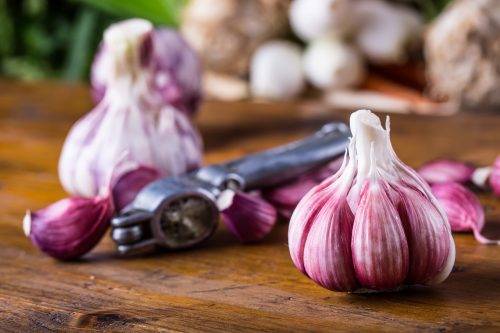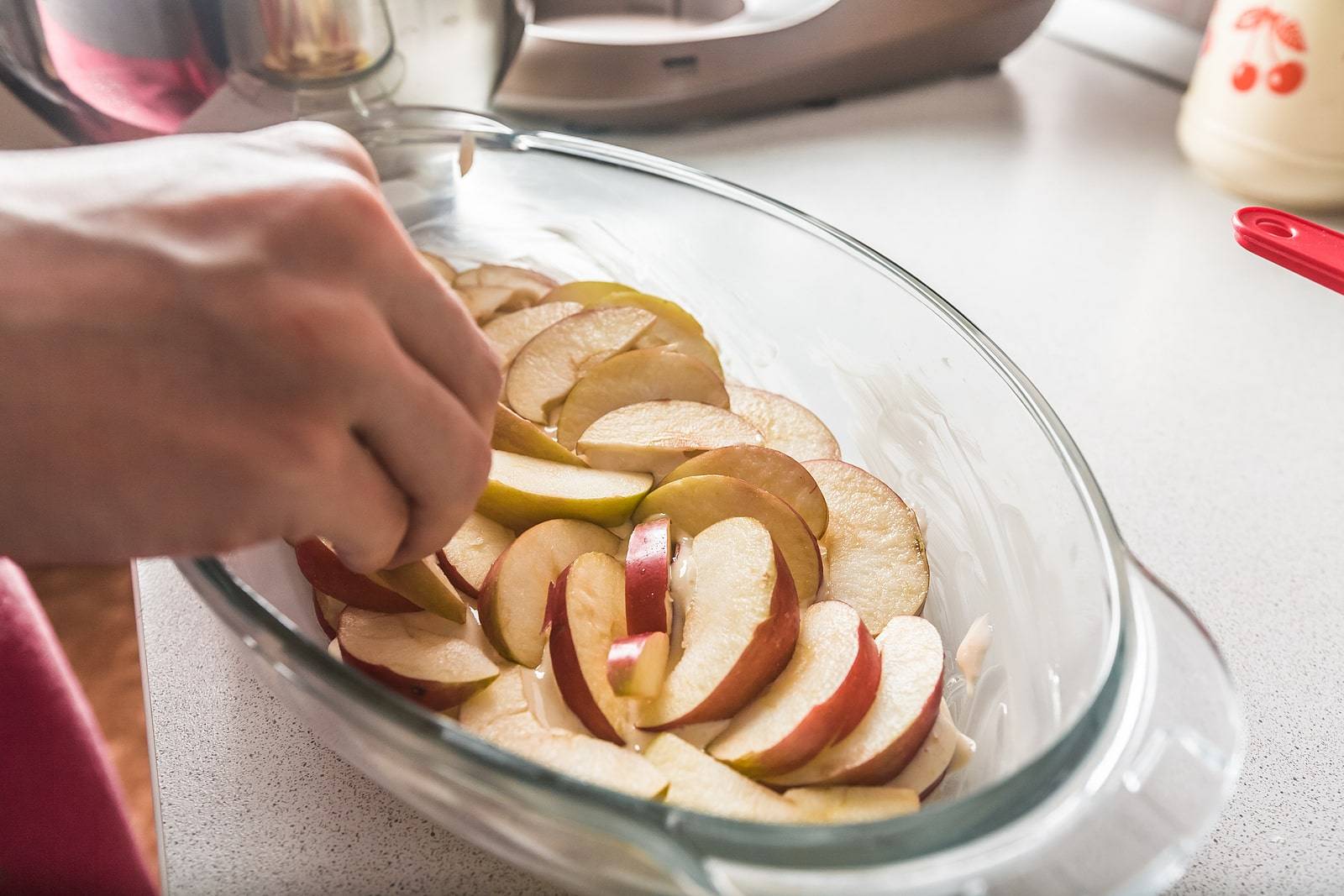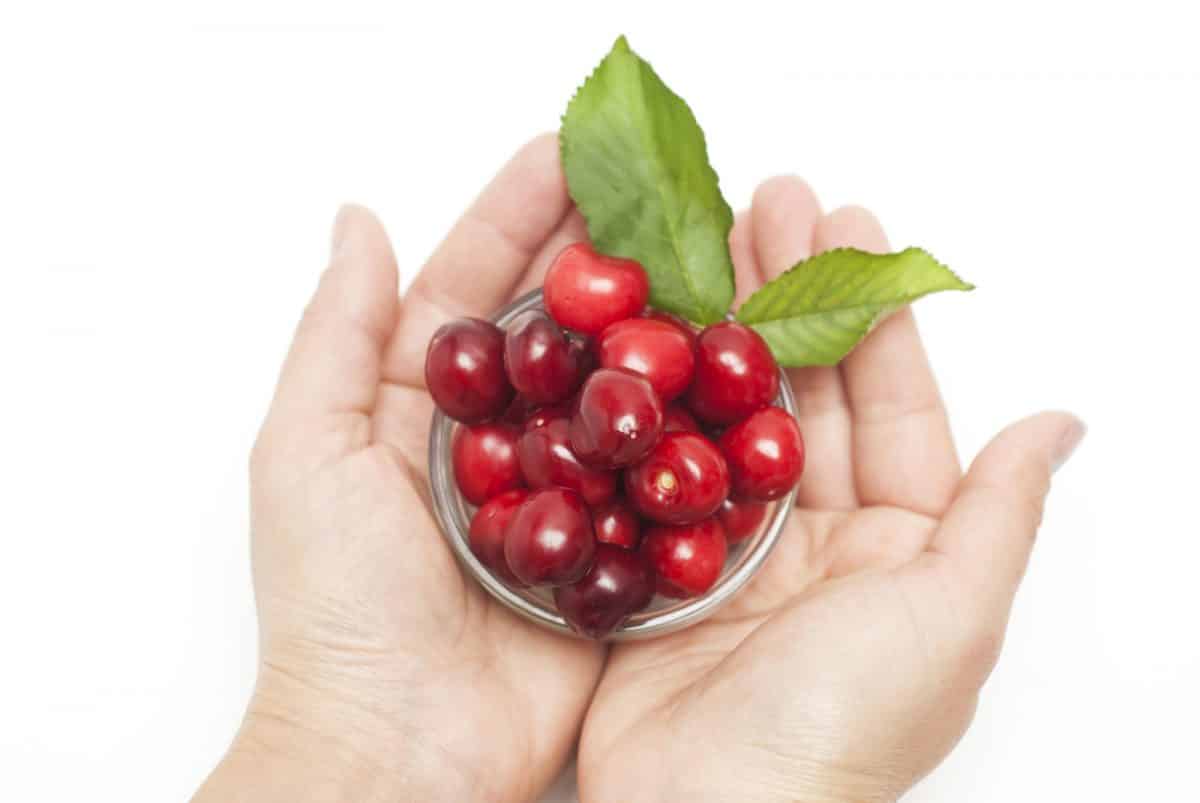Chinese Garlic has some harsh realities that may not be healthy for us. Few foods are as versatile to use and universally recognized as garlic. Chefs worldwide, both in restaurants and homes, readily agree that garlic is utilized on an equal scale of salt, pepper, and sugar. Garlic’s unique flavor is a welcome addition to well-recognized dishes from almost every country and culture worldwide.
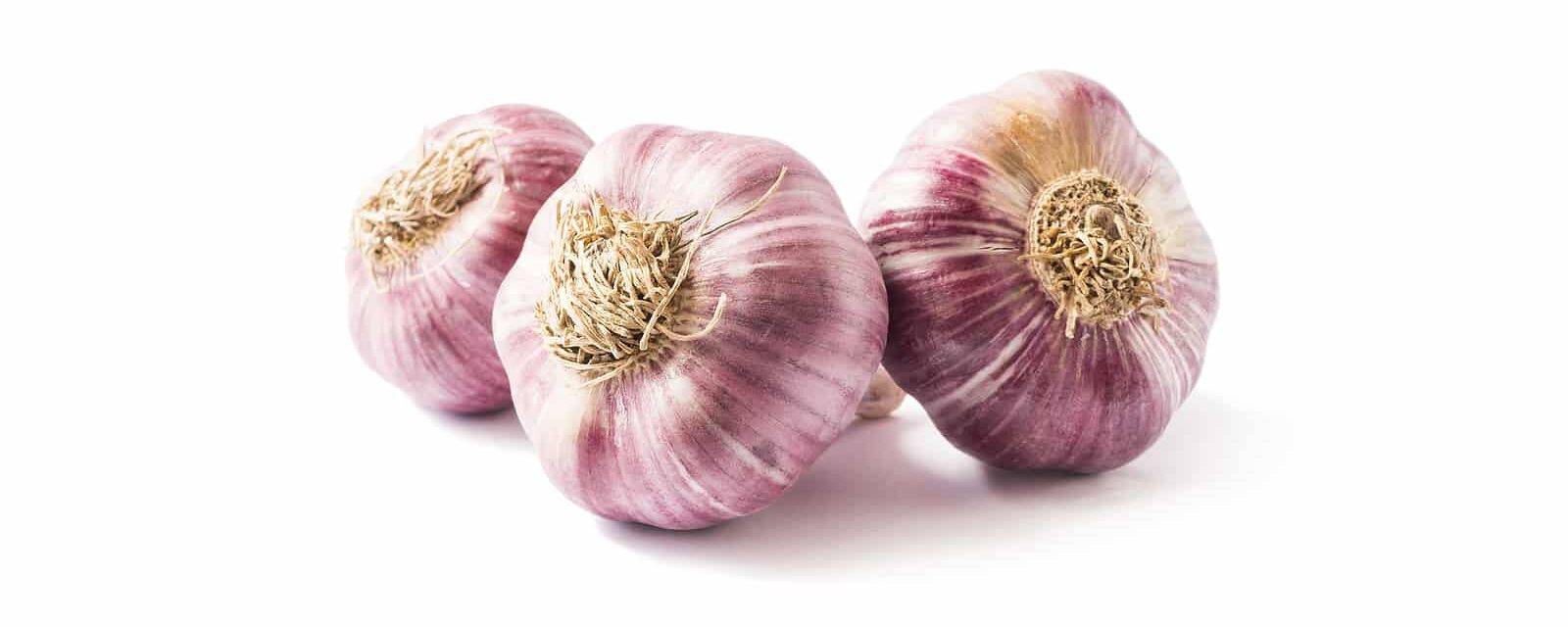
Buy Your Garlic Locally Sourced
Harsh and Toxic Truths About Chinese Garlic
But beyond its excellent flavor, garlic is currently being proven in many medical studies to have unique properties that contribute to a healthy diet. Garlic has been used for both cooking and medicinally for centuries. It had documented use for wide-ranging medicinal purposes as far back as when the pyramids were being built, more than 5,000 years ago. Both Greek and Roman literature include many references to the frequent medicine uses of garlic, including its use to enhance the original Olympians’ performance.
Did you know the Harsh and Toxic Truths About Chinese Garlic?
The Good: Healthy Benefits of Garlic
Garlic is part of the Allium family of plants that also contains leeks, onions, and shallots. These plants have been proven to contain high levels of phytochemicals such as allicin and organosulfur compounds. Plant compounds like these have been scientifically studied for decades and have been proven healthy to humans for several reasons.
More than a few compounds in garlic have been proven to be both anti-inflammatory and heart-healthy. Garlic contains high levels of Vitamin B6, Vitamin C and is also very high in antioxidant properties. Studies have shown that it effectively reduces high blood pressure, lowers bad cholesterol, fights off common colds, increases gut health, and may potentially ward off brain diseases like Dementia and Alzheimer’s disease. So there are great reasons to consume garlic, but where the plant comes from and how it is processed is can severely impact these beneficial properties.
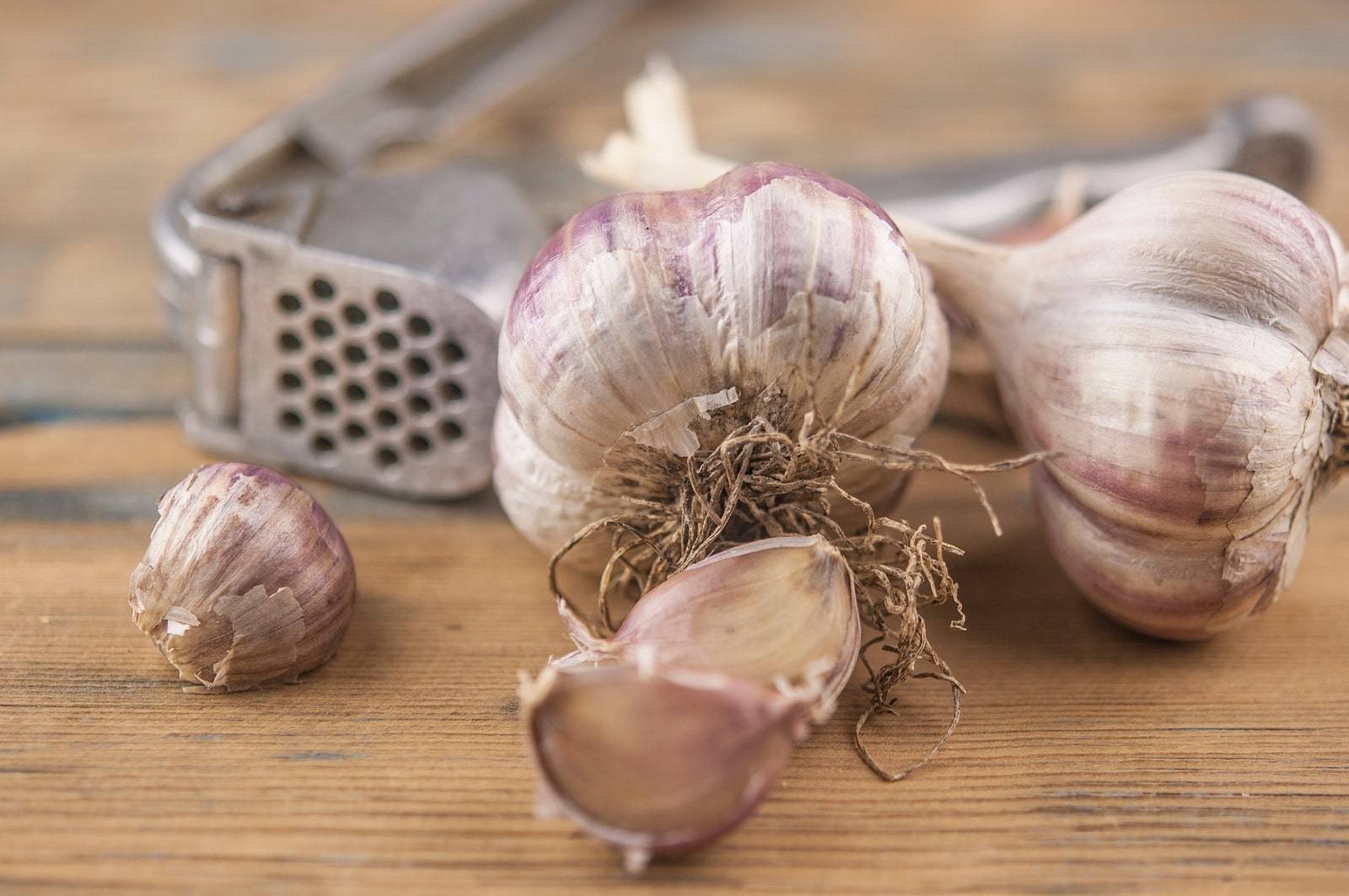
Look For The Roots Still Attached
The Harsh: Non-Regulated Garlic
Not all garlic is equal. Since the year 2020, most experts agree that China has been the world’s largest garlic exporter. Some reports have shown that the country sources over 70% of the global supply. The problem lies in that some countries do not regulate how garlic is being grown or processed. That means to the average consumer that there is no standard for how the garlic is grown or food-handling safety while it is processed.
Sanitation and hygiene regulations are virtually non-existent in some places where garlic is grown. The medium the garlic is grown in will significantly impact the nutrients in each bulb. Fertilizers and pesticides that are added to either soil or water will eventually leach into the product itself. So, where and how the garlic is being produced and processed for market becomes a critical issue.
The Toxic: Chinese Garlic
According to a few recent studies, an alarmingly high percentage of Chinese garlic is actually grown in untreated sewage water, likely to also contain lead, sulfites, and other harmful substances. The use of toxic pesticides in large-scale farming export businesses is often required in China during production.
After the garlic is harvested in China, standard processing includes chemical sprays to prevent sprouting and a thorough bleach bath to whiten the bulbs. By law, in China, the final step for most produce exports is to fumigate with methyl bromide, a substance that, according to the UN, is more than 60 times as dangerous as chlorine because it causes both the central nervous system and respiratory damage.
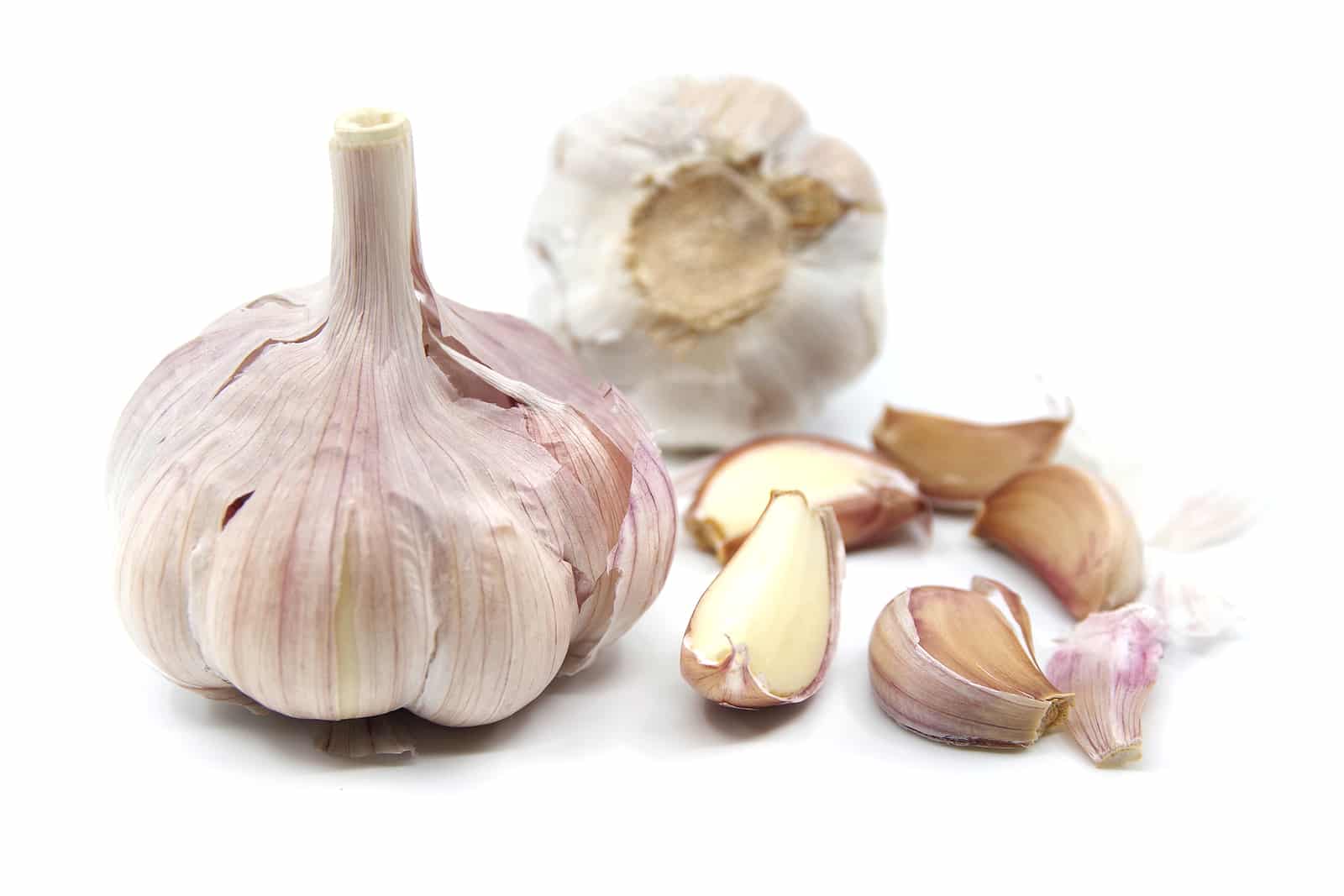
Shaved Roots or Too White Not a Good Sign
How to Spot Imported Garlic
Garlic meant for exportation from any country is usually easy to spot. The bulbs will not have any roots attached but instead will have a smooth concave bottom. Also, it is a pretty safe bet that a pristine white bulb has been bleached during processing. Yes, local or organically grown garlic may cost a little more, but whether you use it frequently or sparingly, wouldn’t you rather pay a little more to not only reap the many health benefits but also protect you from possibly dating your health?
The best and simplest suggestion is to grow your own garlic. It is almost effortless to do and will give you the peace of mind that comes with a closer connection to your food. Seed garlic can be purchased and planted in gardens or pots in the fall before the first frost. Homegrown garlic is generally ready to harvest in early summer with little more than proper watering and sunshine. However, if you do not have the time or the patience to grow your own, make sure that your store-bought garlic is as locally sourced as possible, or at least has some roots and some discoloration to help ensure it has the least amount of chemically related processing.
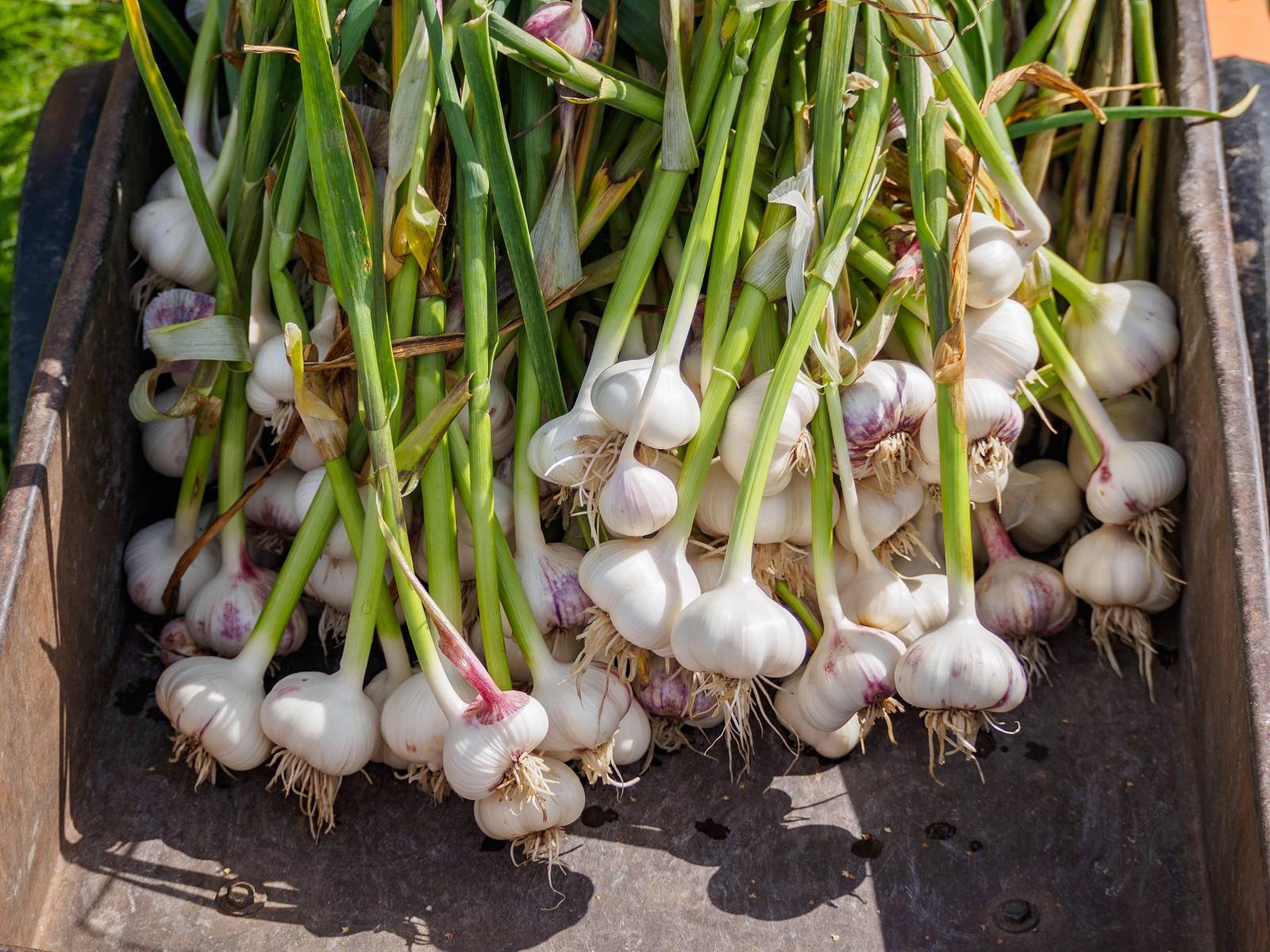
Growing Your Own is Easy
Read more – Hottest Food Trend of 2021 is Sprouting Lentils at Home


